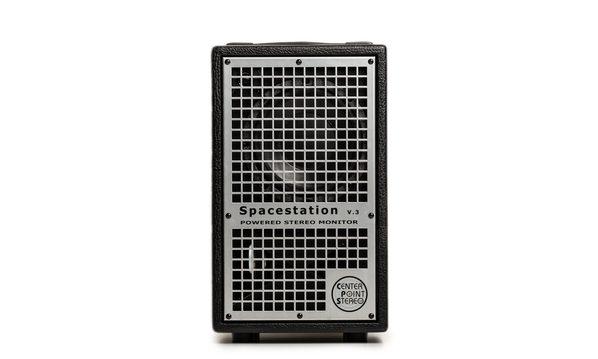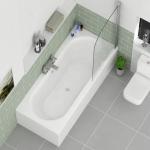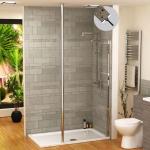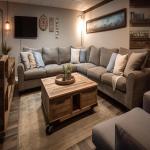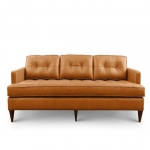The future of live performance
Almost every guitarist has a guitar amplifier with which you can also do a band rehearsal. With this instrument, instrument and sound simply belong together. As a keyboard player, however, the concept of your own amplifier is usually still a bit alien. That's why you usually use the band PA during rehearsals and have to argue with the singer about the few entrances if a PA is available at all.
There have long been amplifier solutions for keyboard players that can be used for rehearsals or performances. This problem is also known by professional best studio monitors under 100 dollars Above all, Aspen Pittman Designs from San Fernando, California, should be mentioned here. There they came up with a new technology that can be used to create a stereo image, even with just one box. We tested two different models with this technology and compared them.
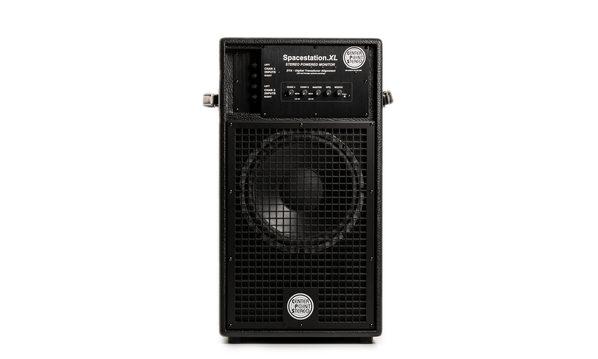
Active stereo monitors and keyboard amplifiers Details
Aspen Pittman Designs: Sound Concept
The basis of the sound concept of the two monitors is the so-called center-point stereo technology, an invention of Aspen Pittman Designs. The stereo signal is converted into an M / S signal. This term is known, for example, from mastering compressors, with the help of which the signal is split into its central and side parts and can thus be processed separately. This is exactly what happens with the two space stations, but there the signal, broken down into its individual parts, is reproduced via different loudspeakers - the center signal via the front loudspeaker and the side signal via one or two further loudspeakers located on the side of the housing.
This creates a special sound image because the space stations can generate and scatter stereo sound at an angle of 300 degrees. This creates the stereo impression almost everywhere and therefore in principle regardless of the position of the listener, even if only one box is used. Live performances in particular could be revolutionized with it because if only a conventional box was used there, no stereo image at all could be generated. If, on the other hand, two speakers were used, there was a stereo image, but this was limited to the so-called sweet spot.
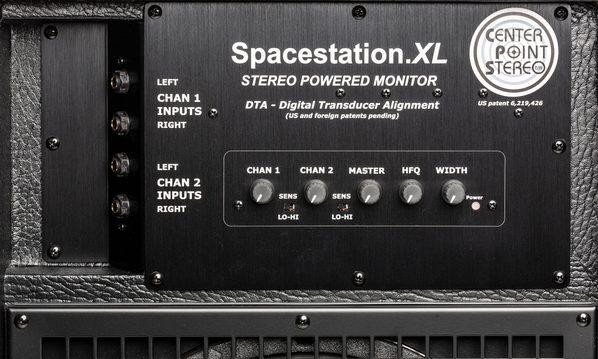
This relatively narrow corridor gives a few listening positions where you can actually perceive a stereo effect. On the other hand, if you are in a different position, no stereo effect is achieved at all. for example, which reproduce the perfect sound at just one listening position. Live it is of course impossible to place all listeners exactly in the sweet spot. And that's where Aspen Pittman's center-point stereo technology comes in.
Space station V3: external appearance
After unpacking, the first thing you notice is the additional speaker on the side of the device. The indentations on both sides are quite deep and therefore take some getting used to because they are completely unfamiliar. The 8 '' 3-way front loudspeaker is protected by the front grille, while the 6.5 '' loudspeaker on the side has its own grille in black. The back of the side loudspeaker on the other side of the housing looks a bit strange and fragile because no protective grille was installed here. The reason for this is certainly the technical implementation of the center point stereo technology.
The silver front grille looks really good and makes the device look classy and also a bit martial. The connections and controls on the back are also highlighted in silver, which definitely increases the overview and closes the circle of the color concept. The Space station V3 offers a fresh look overall.

At 14.5 kg, the Space station V3 is absolutely handy. The handle built into the top of the headstock is comfortable and lets you maneuver the device accurately to its destination. The base of the case is relatively small at 27.9 x 27.9 cm, but it is still secure and stable. With a height of 45.7 cm, the Space station V3 looks more like a tower than a cube. It can therefore be used as a seat during band rehearsals, especially for smaller people. The connections and the four controls are located on the rear. The latter is very stable and can be turned with comfortable resistance. And of course, they have been sunk deep enough into the case to be protected if the device should fall over.
Space station V3: Connections and controls
As far as connections and control options are concerned, there isn't much going on with the Space station V3. In addition to the power supply, there is only a stereo input with right and left channels plus an output for a subwoofer.
And the controls are not exactly fiddly either - four controls - that's all. On the one hand, we have two controls for the center point stereo parameters. Also, the general volume (Level) and also the volume of the side speaker (Width) can be set. And then there are two controls for the Speaker Contour, i.e. for the sound of the space station. There are two bands for the middle (MIDS) and highs (HFQ).
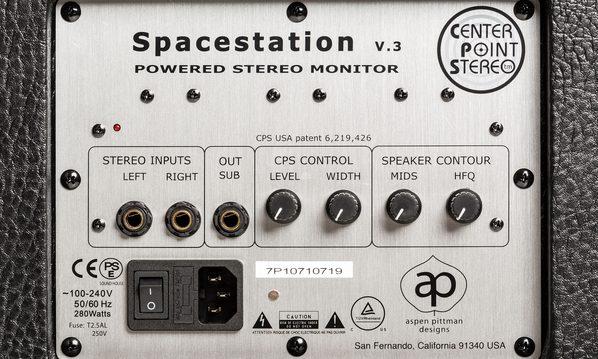
In terms of the price of the V3 version, this is of course a bit meager, especially when compared to other amplifiers. For example, the much cheaper Roland KC-600 already offers four stereo inputs, a 3-band equalizer, and, in addition to the sub, also a headphone output. The power is roughly the same at 200 W because the Space station V3 comes to 180 W without the side speaker.
But don't forget what Aspen Pittman's Space stations are all about. The focus here is on center point stereo technology, which aims to provide a stereo sound image that is second to none. And that is exactly what we are checking now.
Space station XL: external appearance
With the big brother, the Space station XL, we find two side speakers, both again with 6.5``. This time, however, they are flush with the case, so there are no indentations. A 12 '' 3-way loudspeaker is now emblazoned at the front, protected by the black front grille. Overall, the device is classically completely wrapped in black, including on the back.
Also read about:
Double Your Profit with Best Restaurant Management Software
IP1 License to Start Infrastructure As a Service
WPC certificate Its Requirement Process and Documents
